Laboratory Investigation on Hydrodynamic Performance of an Innovative Aeration Device with a Wave-Driven Heaving Buoy
Abstract
:1. Introduction
2. Experiments
2.1. Device Structure and Physical Principle
2.2. Experimental Setup, Scenarios and Procedure
3. Results
3.1. Incident Wave Parameters Effect
3.1.1. Incident Wave Height Effect
3.1.2. Incident Wave Steepness Effect
3.2. Aeration Depth Effect
4. Discussion
5. Conclusions
Author Contributions
Funding
Acknowledgments
Conflicts of Interest
References
- Diaz, R.J.; Rosenberg, R. Spreading Dead Zones and Consequences for Marine Ecosystems. Science 2008, 321, 926–929. [Google Scholar] [CrossRef] [PubMed]
- Ram, A.; Jaiswar, J.R.M.; Rokade, M.A.; Bharti, S.; Vishwasrao, C.; Majithiya, D. Nutrients, hypoxia and mass fishkill events in Tapi Estuary, India. Estuar. Coast. Shelf Sci. 2014, 148, 48–58. [Google Scholar] [CrossRef]
- Ni, X.; Huang, D.; Zeng, D.; Zhang, T.; Li, H.; Chen, J. The impact of wind mixing on the variation of bottom dissolved oxygen off the changjiang estuary during summer. J. Mar. Syst. 2014, 154, 122–130. [Google Scholar] [CrossRef]
- Boettcher, E.J.; Fineberg, J.; Lathrop, D.P. Turbulence and wave breaking effects on air-water gas exchange. Phys. Rev. Lett. 2000, 85, 2030–2033. [Google Scholar] [CrossRef] [PubMed]
- Daniil, E.I.; Gulliver, J.S. Influence of waves on air-water gas transfer. J. Environ. Eng. 2015, 117, 522–540. [Google Scholar] [CrossRef]
- Taylor, P.K.; Yelland, M.J. The dependence of sea surface roughness on the height and steepness of the waves. J. Phys. Oceanogra. 2001, 31, 572–590. [Google Scholar] [CrossRef]
- Yin, Z.G.; David, Z.Z.; Liang, B.C.; Wang, L. Theoretical analysis and experimental study of oxygen transfer under regular and non-breaking waves. J. Hydrodyn. 2013, 25, 718–724. [Google Scholar] [CrossRef]
- Mahrt, L.; Vickers, D.; Howell, J.; Højstrup, J.; Wilczak, J.M.; Edson, J.; Hare, J. Sea surface drag coefficients in the Risø Air Sea Experiment. J. Geophys. Res. Oceans 1996, 101, 14327–14335. [Google Scholar] [CrossRef]
- Fairall, C.W.; Bariteau, L.; Grachev, A.A.; Hill, R.J.; Wolfe, D.E.; Brewer, W.A.; Tucker, S.C.; Hare, J.E.; Angevine, W.M. Turbulent bulk transfer coefficients and ozone deposition velocity in the International Consortium for Atmospheric Research into Transport and Transformation. J. Geophys. Res. Oceans 2006, 111, D23S20. [Google Scholar] [CrossRef]
- Vickers, D.; Mahrt, L. Sea-surface roughness lengths in the midlatitude coastal zone. Quarterly J. R. Meteorol. Soc. 2010, 136, 1089–1093. [Google Scholar] [CrossRef] [Green Version]
- Grachev, A.A.; Bariteau, L.; Fairall, C.W.; Hare, J.E.; Helmig, D.; Hueber, J.; Lang, E.K. Turbulent fluxes and transfer of trace gases from ship-based measurements during TexAQS 2006. J. Geophys. Res. Oceans 2011, 116, D13110. [Google Scholar] [CrossRef]
- Grachev, A.A; Leo, L.S.; Fernando, H.J.S.; Fairall, C.W.; Creegan, E.; Blomquist, B.W.; Christman, A.J.; Hocut, C.M. Air-sea/land interaction in the coastal zone. Bound. Layer Meteorol. 2018, 167, 181–210. [Google Scholar] [CrossRef]
- Jiménez, P.A.; Dudhia, J. On the need to modify the sea surface roughness formulation over shallow waters. J. Appl. Meteorol. Clim. 2018, 57, 1101–1110. [Google Scholar] [CrossRef]
- Stommel, H.; Arons, A.B.; Blanchard, D. An oceanographical curiosity: The perpetual salt fountain. Deep Sea Res. 1956, 3, 152–153. [Google Scholar] [CrossRef]
- Liu, C.C.K.; Jin, Q. Artificial upwelling in regular and random waves. Ocean. Eng. 1995, 22, 337–350. [Google Scholar] [CrossRef]
- Fan, W.; Pan, Y.; Liu, C.C.K.; Wiltshire, J.C.; Chen, C.T.A.; Chen, Y. Hydrodynamic design of deep ocean water discharge for the creation of a nutrient-rich plume in the south china sea. Ocean. Eng. 2015, 108, 356–368. [Google Scholar] [CrossRef]
- Fan, W.; Chen, J.; Pan, Y.; Huang, H.; Chen, C.T.A.; Chen, Y. Experimental study on the performance of an air-lift pump for artificial upwelling. Ocean. Eng. 2013, 59, 47–57. [Google Scholar] [CrossRef]
- Antonini, A.; Lamberti, A.; Archetti, R.; Miquel, A.M. CFD investigations of oxyflux device, an innovative wave pump technology for artificial downwelling of surface water. Appl. Ocean. Res. 2016, 61, 16–31. [Google Scholar] [CrossRef]
- Antonini, A.; Lamberti, A.; Archetti, R. Oxyflux, an innovative wave-driven device for the oxygenation of deep layers in coastal areas: A physical investigation. Coast. Eng. 2015, 104, 54–68. [Google Scholar] [CrossRef]
- Endo, A.; Srithongouthai, S.; Nashiki, H.; Teshiba, I.; Iwasaki, T.; Hama, D.; Tsutsumi, H. Do-increasing effects of a microscopic bubble generating system in a fish farm. Mar. Pollut. Bull. 2008, 57, 78–85. [Google Scholar] [CrossRef] [PubMed]
- Cong, H.B.; Huang, T.L.; Chai, B.B.; Zhao, J.W. A new mixing-oxygenating technology for water quality improvement of urban water source and its implication in a reservoir. Renew. Energy 2009, 34, 2054–2060. [Google Scholar] [CrossRef]
- Zhou, X.; Wu, Y.; Shi, H.; Song, Y. Evaluation of oxygen transfer parameters of fine-bubble aeration system in plug flow aeration tank of wastewater treatment plant. J. Environ. Sci. 2013, 25, 295–301. [Google Scholar] [CrossRef]
- Yin, Z.G.; David, Z.Z.; Cheng, D.S; Liang, B.C. Oxygen transfer by air injection in horizontal pipe flow. J. Environ. Eng. 2013, 139, 908–912. [Google Scholar] [CrossRef]
- Zelt, J.A.; Skjelbreia, J. Estimating Incident and Reflected Wave Fields Using an Arbitrary Number of Wave Gauges. In Proceedings of the 23rd International Conference on Coastal Engineering, Venice, Italy, 4–9 October 1992. [Google Scholar] [CrossRef]
- Xie, J.; Gao, H.T.; Ye, X.Y.; Gu, F.Q.; Li, D.S. Application of laser sensors for on-line calibration of displacement transducers. In Proceedings of the 6th International Symposium on Precision Engineering Measurements and Instrumentation, Hangzhou, China, 31 December 2010. [Google Scholar] [CrossRef]
- Yang, Z.; Ji, Y.; Bi, N.; Lei, K.; Wang, H. Sediment transport off the Huanghe (Yellow River) delta and in the adjacent Bohai Sea in winter and seasonal comparison. Estuar. Coast. Shelf Sci. 2011, 93, 173–181. [Google Scholar] [CrossRef]
- Airy, G.B. Tides and Waves: Extracted from the Encyclopaedia Metropolitana; William Clowes Ltd.: London, UK, 1845; pp. 241–396. [Google Scholar]
- Frostick, L.E.; Mclelland, S.J.; Mercer, T.G. Users Guide to Physical Modelling and Experimentation: Experience of the HYDRALAB Network; CRC Press: London, UK, 2011. [Google Scholar]
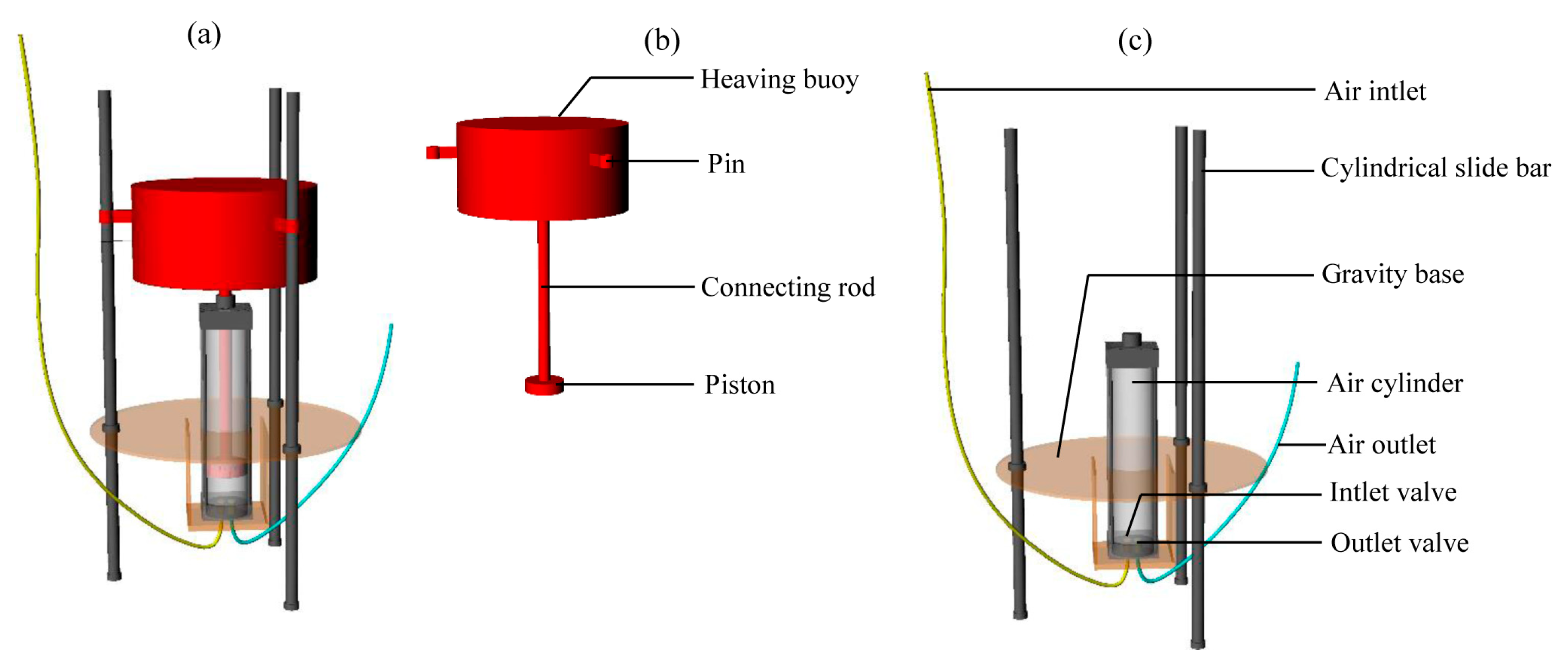


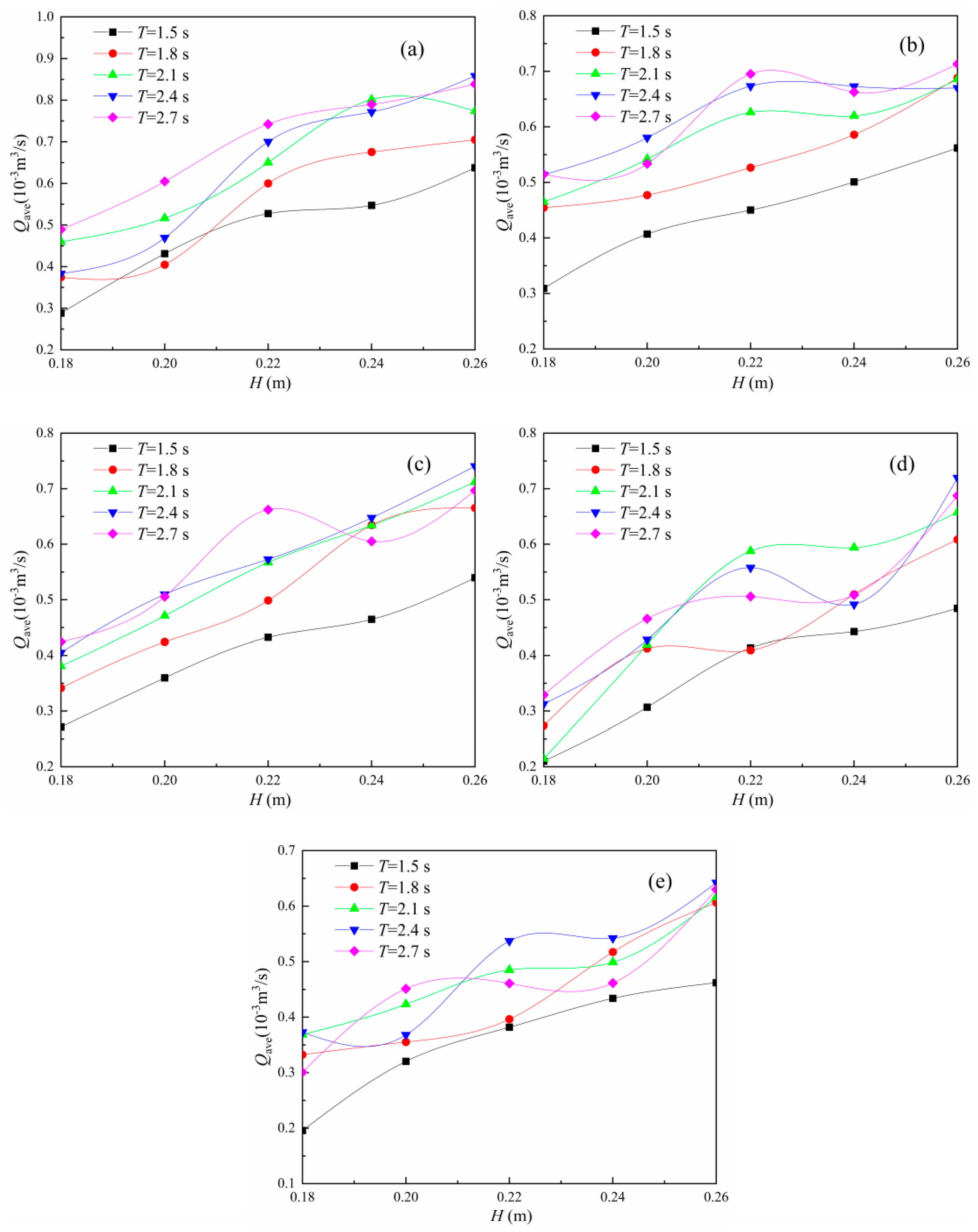


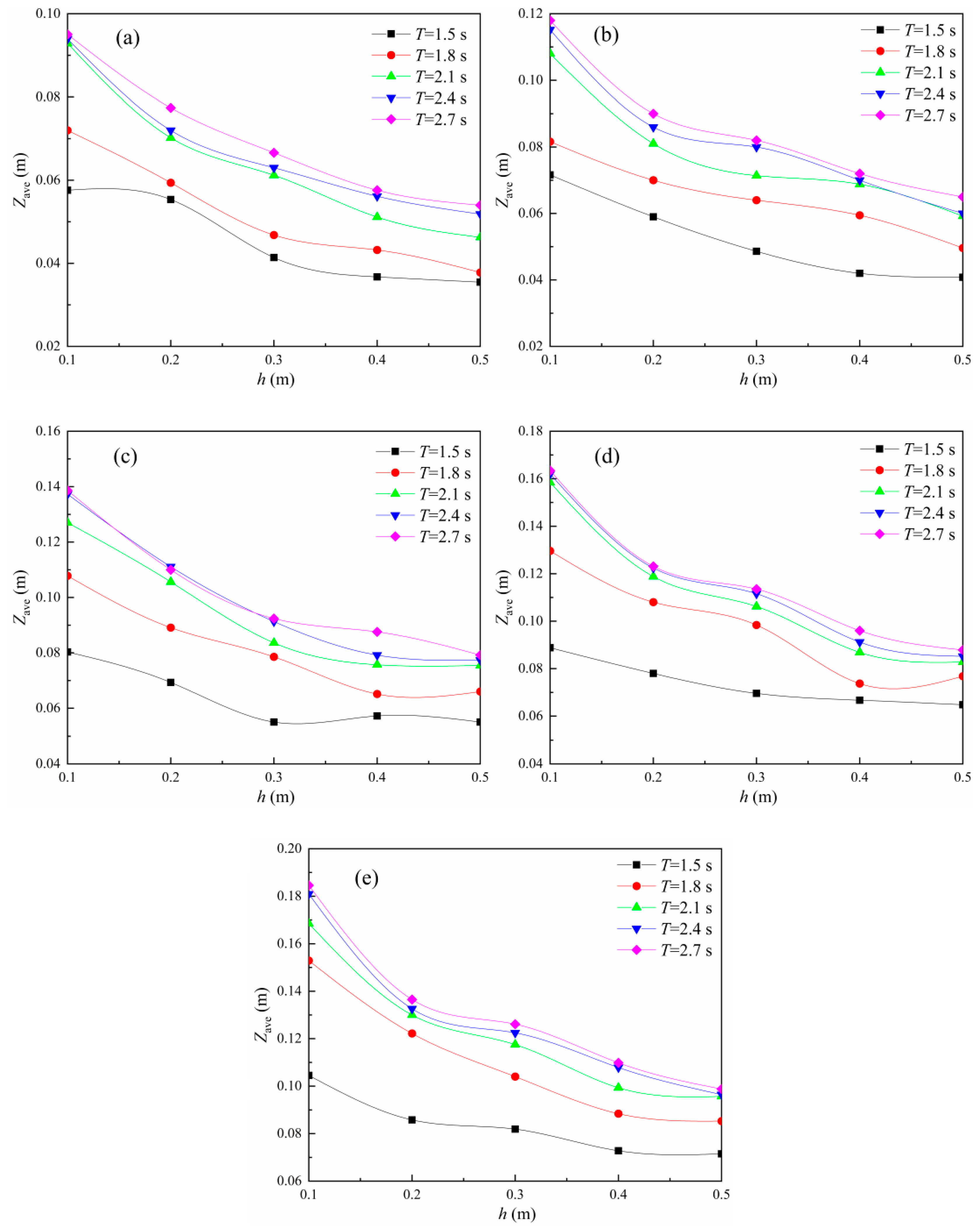


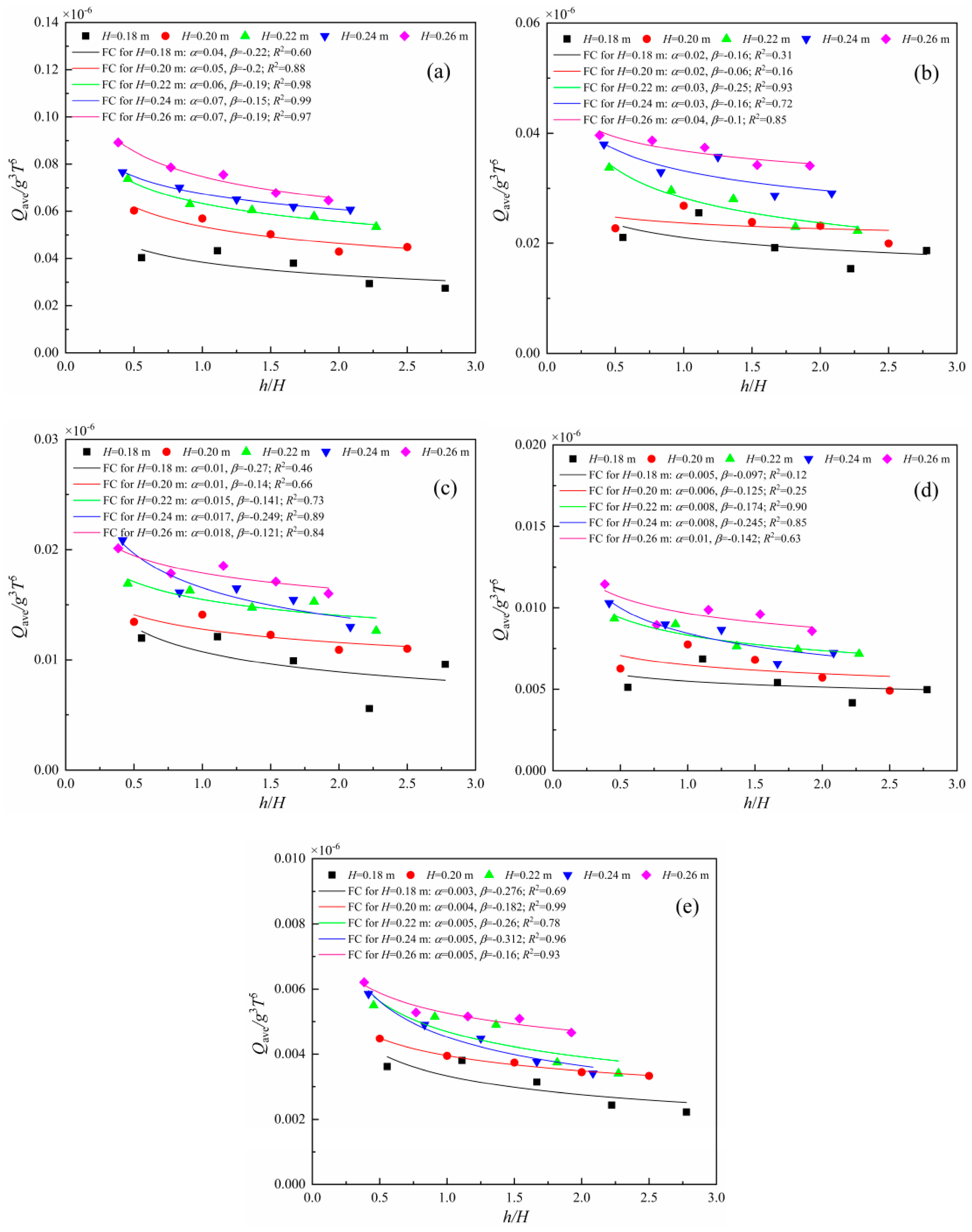
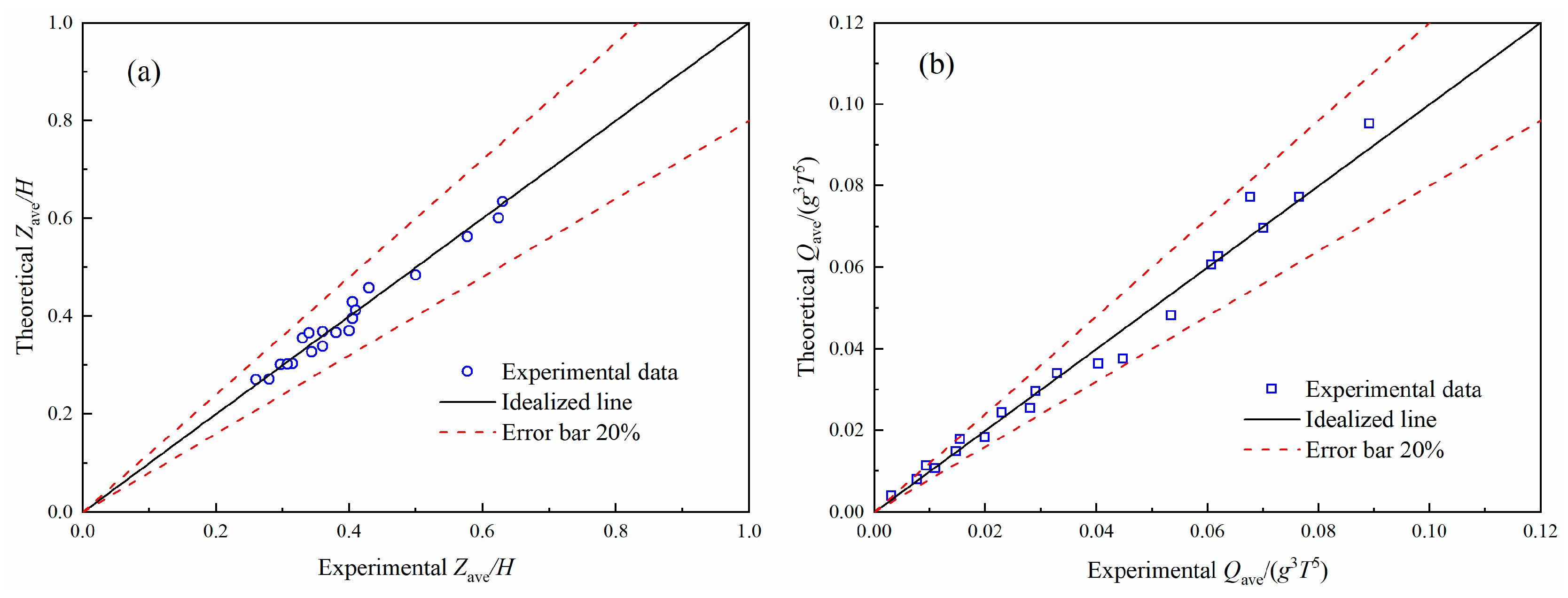
© 2018 by the authors. Licensee MDPI, Basel, Switzerland. This article is an open access article distributed under the terms and conditions of the Creative Commons Attribution (CC BY) license (http://creativecommons.org/licenses/by/4.0/).
Share and Cite
Yin, Z.; Wang, Y.; Liu, Y.; Gao, C.; Zhang, H. Laboratory Investigation on Hydrodynamic Performance of an Innovative Aeration Device with a Wave-Driven Heaving Buoy. Energies 2018, 11, 3262. https://doi.org/10.3390/en11123262
Yin Z, Wang Y, Liu Y, Gao C, Zhang H. Laboratory Investigation on Hydrodynamic Performance of an Innovative Aeration Device with a Wave-Driven Heaving Buoy. Energies. 2018; 11(12):3262. https://doi.org/10.3390/en11123262
Chicago/Turabian StyleYin, Zegao, Yanxu Wang, Yong Liu, Chengyan Gao, and Huan Zhang. 2018. "Laboratory Investigation on Hydrodynamic Performance of an Innovative Aeration Device with a Wave-Driven Heaving Buoy" Energies 11, no. 12: 3262. https://doi.org/10.3390/en11123262




